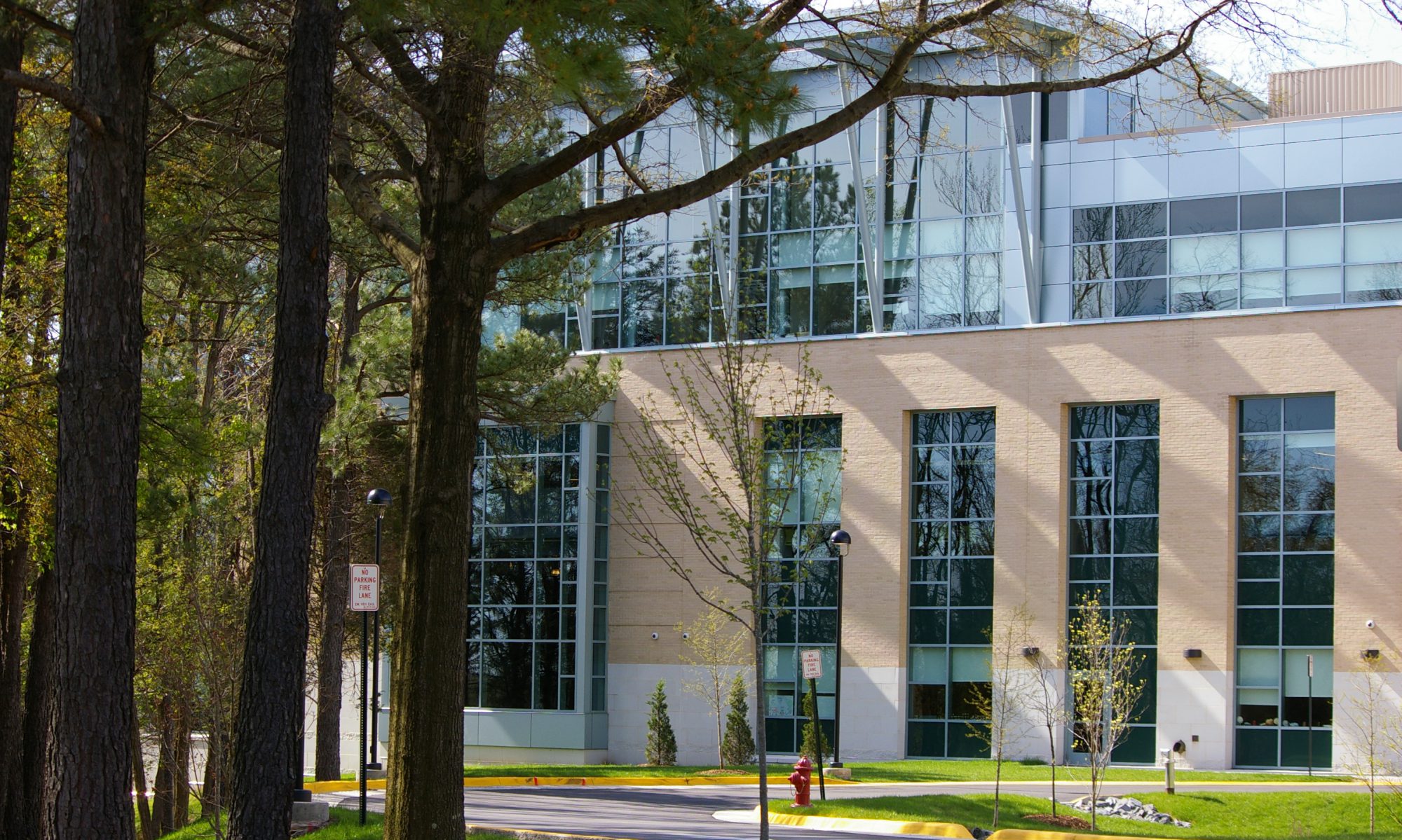Spring 2018 Alexandria Final Exam Schedule
Fall 2017 Final Exam Schedule
Here is the Alexandria Fall 2017 Final Exam Schedule.
Solar Eclipse Is Coming To Alexandria!
Hello Alexandria folks!
Are you planning to be outside Monday afternoon on August 21st? Don’t miss the Great American Eclipse of 2017. You might have to wait quite a long time before you get another chance. Check out here to see when is the next time you can see an eclipse in North America.
It has been indeed a long time since a full eclipse swept across the entire United States. And now, we are right smack in the middle of it. Well, somewhat in the middle of it! It actually misses us by 400 miles. If you want to get the full experience, you will have to drive down all the way to South Carolina. For the rest of us who remain here for the first day of fall classes, the eclipse will be only partial.
What, When, Where
According to the United States Naval Observatory, we get to enjoy a partial eclipse of 81% here at Alexandria on Monday, August 21. It begins at 1:17 pm and it ends at 4:01 pm. The maximum will occur between 2:41 and 2:43 pm. Here is a short simulation that gives an idea of what to expect.
The How Of It
Remember: do NOT look directly at the Sun without proper protective eyeware. Unfortunately, all safety shades have been sold out everywhere for at least a week (and yes, that includes even online vendors). The good news is that you can still enjoy the eclipse even without shades.
Just bring two sheets of opaque cardboard paper with you and get ready to look down at the ground rather than up in the sky. Place the first sheet on the ground, that will be your screen on which you will be viewing the eclipse. Make a small round tiny hole (with a needle, pushpin, etc.) on the second piece paper, hold it above the first paper and project the solar eclipse through the hole. Here is a nice detailed explanation of how to do it.
A Bit Of Science
So, how exactly do solar eclipses occur? In short, it happens because of an interesting coincidence. Even though the Moon is about 400 smaller in diameter than the Sun, it is actually 400 times closer to the Earth than the Sun. So, on Earth both bodies appear to have the same size. When the Moon crosses in front of the Sun during its motion, it blocks it from view. You can read more about the conditions in this easy-to-read popular article describing why we get solar eclipses.
See For Yourself
A solar eclipse is not only an astronomical phenomenon. There are plenty of exciting things happening on the ground, as well. The day darkens. If the eclipse is close to full, you might even see stars in the sky. The temperature drops. The birds change their chirping. If you are next to trees, you can see tiny little crescents appear on the ground: the pinhole images produced by holes in the leaves. In short, there will be plenty to see during the eclipse. And, if you want to help NASA, contribute your eclipse observations through the Globe Observer app.
Fall 2017 Syllabi
Spring 2015 AL Final Exam Schedule
Prof. Wimbush’s PHY 231 Notes 11/02
AL Fall 2015 Final Examination Schedule
Fall 2015 14-wk Honors Option PHY 232 Open
The AL campus has just opened an Honors Option 14-week PHY 232 section. The class begins on Sep. 8 and meets twice a week on WeFr 12:30 – 3:00 pm. For more information contact Prof. Stantcheva.
Fall 2015 Textbooks
The list below includes all the texts that are currently being used at the Alexandria campus. Some instructors may from two different textbooks, others may elect to use their own notes. Students must contact their section instructors to determine which one of the alternatives will be used.
Physics 101 – 102
Conceptual Physics by Hewitt, 12 Ed., Pearson
Physics 201 – 202
Physics: Principles with Applications by Giancoli, 7Ed., Pearson or
College Physics by OpenStax (2012)
Lab Manual for Physics 201 – 202 by Walter Wimbush (2015)
Note: Contact your instructor to check which of the two textbooks will be used in your course sections.
Physics 150 Elements of Astronomy with Laboratory
Explorations: an Introduction to Astronomy by Arny & Schneider, 7Ed.
Physics 231 – 232 – 243
University Physics by Young and Freedman, 13 Ed, Pearson
Lab Manual for Physics 231 – 232 by Walter Wimbush (2015)
Spring 2015 Semester Ends
This is finals week for the Spring 2015 semester. Faculty are no longer obliged to hold office hours. Until Fall 2015 semester begins, the best way to contact your instructor is via email.






